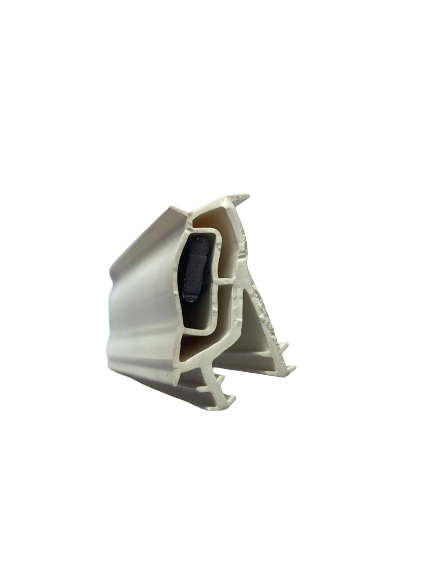Dec . 03, 2024 16:26 Back to list
Slotted PU Door and Window Seals for Enhanced Insulation and Durability Solutions
Understanding Slotted PU Door and Window Seals
When it comes to ensuring energy efficiency and comfort in residential and commercial buildings, the importance of proper sealing cannot be overstated. One of the most innovative solutions in this field is the use of slotted polyurethane (PU) door and window seals. These seals not only enhance the thermal insulation of a building but also provide significant benefits in terms of durability and performance. In this article, we will explore the features, advantages, and applications of slotted PU door and window seals.
What are Slotted PU Door and Window Seals?
Slotted PU door and window seals are specially designed strips made from polyurethane materials, featuring a series of longitudinal slots. These slots serve to enhance flexibility and compression, allowing the seal to mold better to the frame of doors and windows. This adaptability is crucial in ensuring a tight fit that prevents drafts, water infiltration, and the escape of conditioned air from interior spaces.
Advantages of Slotted PU Seals
1. Energy Efficiency One of the primary benefits of using slotted PU seals is their ability to improve the energy efficiency of buildings. By creating a barrier against air leakage, these seals help maintain the desired indoor temperature, reducing the reliance on heating and cooling systems. This not only results in lower energy bills but also diminishes the carbon footprint of a building.
2. Durability Polyurethane is known for its strength and resilience. Slotted PU seals are designed to withstand various environmental conditions, including UV exposure, moisture, and temperature fluctuations. This durability ensures a long lifespan, reducing the need for frequent replacements and maintaining the integrity of the building envelope.
3. Sound Insulation In urban areas or noisy environments, slotted PU door and window seals provide an additional layer of sound insulation. By minimizing gaps around the frames, these seals help block external noise, contributing to a quieter and more peaceful indoor environment.
slotted pu door and window seals product

4. Easy Installation Slotted PU seals are available in various lengths and widths, making them adaptable to different types of doors and windows. Many products come with adhesive backing or can be easily nailed or screwed into place, allowing for quick and hassle-free installation without the need for professional assistance.
5. Versatility These seals can be used in a variety of applications, including residential homes, commercial buildings, and industrial facilities. They are suitable for both new constructions and retrofitting, making them a versatile choice for builders and property owners alike.
Applications
The applications of slotted PU door and window seals are extensive. In residential settings, they are often used around entryway doors, patio doors, and window frames to ensure a snug fit that enhances energy efficiency. In commercial buildings, these seals are critical for maintaining the comfort of office spaces and retail environments, where controlling internal temperature and sound levels is essential for productivity and customer satisfaction.
Furthermore, industrial applications may include usage in warehouses and manufacturing facilities, where large doors are commonplace. Sealing these doors effectively can prevent significant heat loss or gain, contributing to a more controlled working environment and reducing energy costs.
Conclusion
Slotted PU door and window seals represent a significant advancement in the field of building sealing solutions. Their unique design, combined with the inherent properties of polyurethane, makes them an effective choice for enhancing energy efficiency, durability, and indoor comfort. As building codes become more stringent and the demand for sustainable construction practices continues to rise, the adoption of slotted PU seals is likely to increase. By investing in these innovative sealing solutions, property owners and builders can achieve better performance and longevity in their buildings, ultimately contributing to a more sustainable future.




